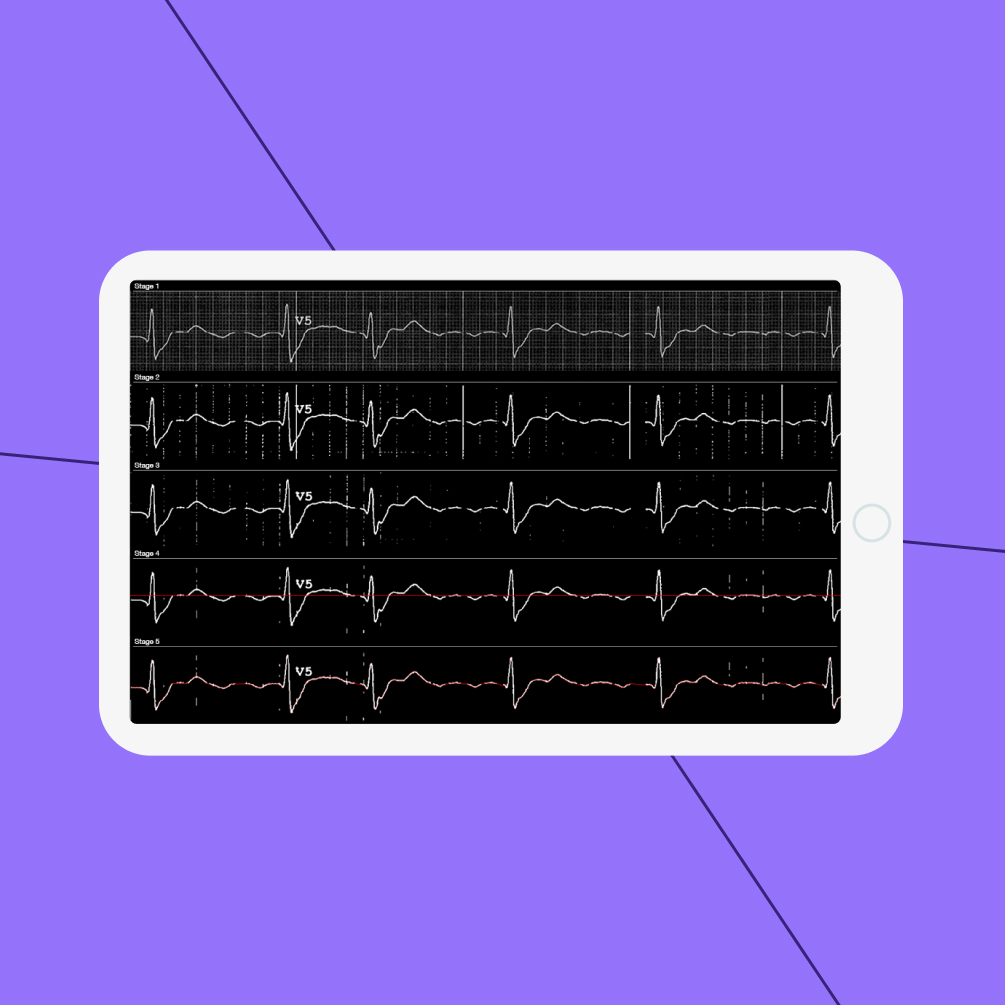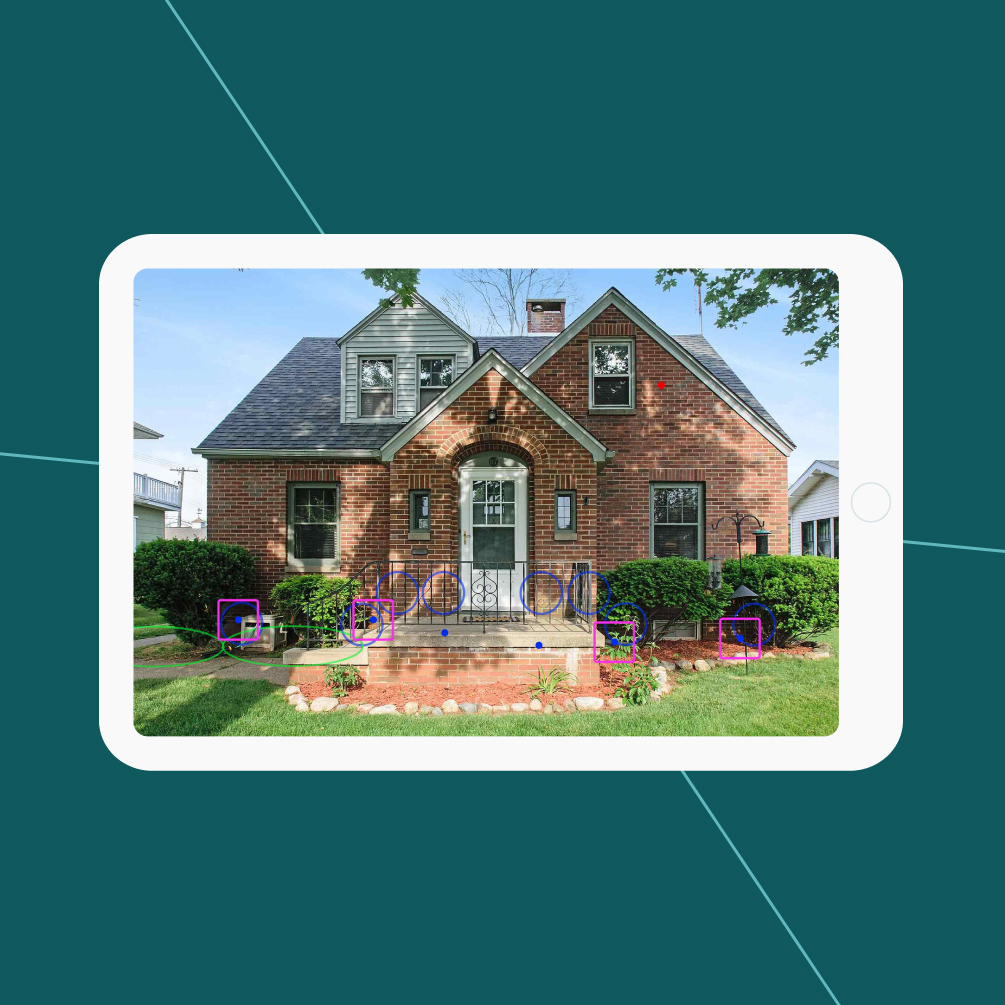Smart Flotation Monitoring: Computer Vision Solution
Computer vision automation of flotation process monitoring for mining and concentration equipment.
- Industry
- Energy
Hypothesis research
Today, flotation is an integral process in coal and potash mining. The flotation method is widely used for ore dressing, processing of raw materials, and extraction of metals in mining industries. It is a lot riding on visual tracking: the process is controlled by flotation operators who monitor the number, size, and color of flotation froth bubbles.
Experienced flotation operators can determine these indicators by eye. However, they can automate this process (like many today). Equipping flotation machines with modern systems can allow mining companies to reduce costs and improve business ergonomics, while manufacturers can gain a competitive advantage in the market.
A company producing mining and processing equipment got this idea very well and reached out to us with the need to automate the control and monitoring of the flotation process. Our client is an experienced player in the market and has been manufacturing various flotation machines for over ten years. He wanted to supply high-quality equipment and integrate software solutions that would allow his customers to optimize their mining processes and get the results of concentration and processing by froth flotation in real time.
Since the froth flotation method is monitored and controlled based on visual indicators, we decided to consider the hypothesis of creating an intelligent module based on computer vision automation, which would analyze the state of the foam and provide an operator with the results in the form of a report. During the Discovery Phase, we proposed to develop a solution that included the implementation of algorithms determining the following indicators:
- brightness (grey color);
- foam velocity projection;
- particle size distribution of the bubbles and the average size of air bubbles in the foam;
- foam stability;
- RGB colors in channels.
As a result of the Discovery Phase, we provided the client with a roadmap for developing an MVP with a description of the following steps:
- analyzing datasets;
- setting up cameras;
- implementing a statistics page;
- preparing for production;
- integrating into an existing solution.
We also suggested to the client collecting and labeling data to create a reference dataset and train a neural network model. This approach will help achieve the most accurate results.
Providing a detailed roadmap for creating an MVP and testing the idea in real-life conditions allowed our client to understand that Computer Vision suits his needs for automating the flotation monitoring process. After the Discovery Phase, the client completely understood neural networks operation principles, reducing the possible risks of implementing a future software solution.
Automating flotation process monitoring boosts productivity.
Real-time analysis of indicators aids informed decision-making for process optimization.
Clear roadmap and neural network understanding reduce implementation risks, enhancing competitiveness.



